You just bought a bike. You're (almost) ready to go riding. But do you know what cycling gear is essential for road cycling or off-road riding? Here are some tips on how to get equipped before you take your first pedal to the metal in a suitable cycling outfit and in complete safety.
The Helmet
Did you know that, since 2017, wearing helmets was mandatory while cycling for children under twelve? Nevertheless, for safety reasons, it is highly recommended that you wear a helmet, regardless of your age as soon as you get on your bike.
In fact, head injuries are the leading cause of death among cyclists, so wearing a helmet during your cycling is the most effective way to protect it.
To do this, your helmet must fit your head perfectly, be secure and meet safety standards. And, of course, you should change your helmet if you have an impact on it, if cracks appear on its surface, if the helmet's tightening is defective or if it is too old (it is recommended to change it about every five years).
The Gloves
In the same way as helmets and, even if they are not mandatory on a bike unlike on a motorcycle, gloves are highly recommended to protect against any risk of injury to the hands in case of a fall, which are often the first to come into contact with the ground. For this purpose, there are gloves adapted to each practice and each season.
In the summer, a time when cyclists are more likely to take off their gloves because of the heat, it is important to continue to protect yourself by wearing short, lightweight, breathable gloves that allow perspiration to escape, but still provide you with protection on the palms of your hands in case of a fall. In addition, wearing gloves will prevent your hands from slipping on the hanger due to perspiration.
In winter, long gloves with thermal fabric will protect you from both injury and cold. Indeed, there is nothing more unpleasant than having to hold your handlebars or brake with frozen fingers.
When mountain biking, wearing a pair of gloves throughout the year will also protect you from external aggressions such as vegetation or vibrations for example.
Bike shoes
If you cycle with flat pedals, the question doesn't really arise: you'll be able to cycle with your usual sports shoes.
But if you decide to switch to automatic pedals in order to gain pedaling efficiency, then you'll need to invest in cycling shoes, which should be chosen according to your automatic pedals.
In fact, there are two automatic pedal systems: road bike pedals (3-point cleats) and mountain bike pedals (2-point cleats). Some shoes allow both systems to be mounted on their soles, others are exclusively for one or the other model (and this is a criterion to consider when making your purchase).
Shoes designed for road cycling are stiffer and make walking difficult, while shoes designed for mountain biking (which you can also use on a road bike, especially if your practice is more bike touring oriented) are more suitable for walking since in mountain biking the cyclist is more likely to put his foot on the ground to get past certain difficulties.
The cycling jersey
At first glance, the cycling jersey is not a mandatory piece of equipment. In reality, it will serve you well during your ride.
First, with a cycling jersey, you'll benefit from pockets located in the back that will allow you to store your personal belongings (cell phone, keys, food during the ride, etc.) without having to burden yourself with a backpack, which can sometimes prove quite uncomfortable during a ride.
Secondly, cycling jerseys are made of breathable materials that allow perspiration to escape, unlike your usual cotton t-shirt, which will stay wet throughout your ride.
In the warmer months, you can opt for a short-sleeved, lightweight, breathable jersey.
As soon as the temperatures drop, you can switch to long-sleeved models, usually lined with fleece to keep the body warm, while being designed in a breathable material to wick away perspiration.
The Jacket
As soon as the cold weather intensifies, it will be necessary to put on a thermal jacket to keep cycling warm. Depending on where you live, some jackets are even designed to ride in sub-zero temperatures so you can continue training year-round.
The advantage of these jackets is that they are both waterproof (to resist moisture), windproof (to prevent air penetration), and breathable (to wick away sweat).
So to ride warm in winter, the ideal is to wear three layers of clothing: an undershirt (to wick away perspiration), a long-sleeved jersey (to keep your body warm), and a thermal jacket (which helps insulate your body from the cold outside).
The shorts
Many beginning cyclists are reluctant to put on bib shorts. And yet, to try it is to adopt it. Indeed, with the wearing of a bib shorts during your rides, and especially as soon as they start to lengthen in terms of time or distance, you will appreciate the comfort at the support points on the saddle and you will avoid injuries - sometimes very painful - at that level.
As with jerseys, there are short, breathable models for summer and long, fleece-lined models for winter. For the mid-season, you can also opt for a corset (or combine short shorts with leggings).
And what about the shorts?
And the shorts also have separate models for men and women with different inserts adapted to the anatomy of each one to ensure maximum comfort at that level.
Finally, depending on the duration of your outings, you can opt for either a short with a gel or foam insert.
Goggles
The last element of the perfect cycling kit, the glasses. Contrary to what many might think, they are not just a fashion accessory and have a real purpose: to protect the cyclist's eyes from all the outside elements (wind, sun, rain, dust, insects, splashes, etc.).
The last element of the cyclist's perfect outfit is glasses
In addition, and unlike conventional sunglasses, they are designed to be sufficiently resistant in case of a fall and are made of lighter materials to improve your comfort during sports practice.
And if, on a daily basis, you wear eyeglasses, it will even be possible on some models of cycling glasses to have a correction to your vision thanks to the addition of an optical insert.
Now, if you have followed these few tips to concoct the perfect cycling outfit, you are ready to get on your bike and go pedaling safely. Happy riding!
-
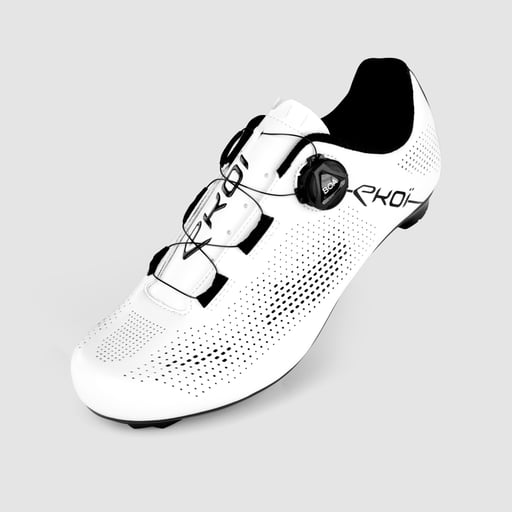 strada boa® white cycling shoesSTART Boa®75,00 € -50% 149,99 €4041424344454647
strada boa® white cycling shoesSTART Boa®75,00 € -50% 149,99 €4041424344454647 -
RACING
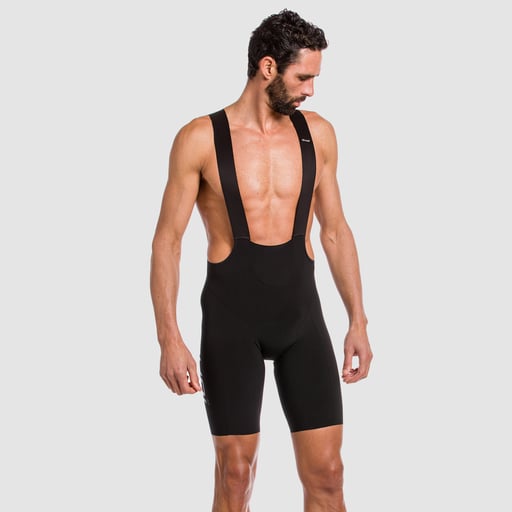 cordura abrasion-free bib shorts8H Anti-abrasive100,00 € -60% 249,99 €SMLXLXXL
cordura abrasion-free bib shorts8H Anti-abrasive100,00 € -60% 249,99 €SMLXLXXL -
PERF
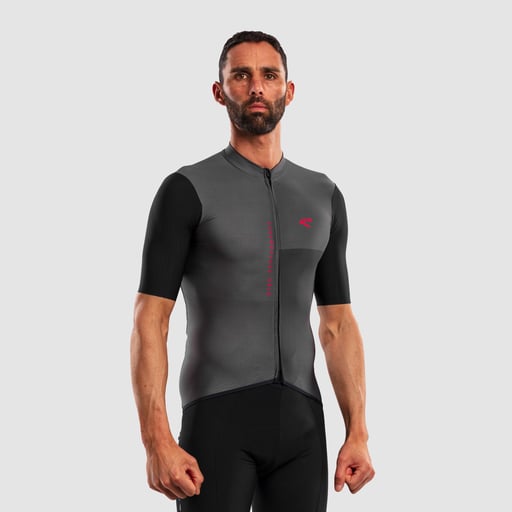 54,99 € -40% 91,66 €SMLXLXXLXXXL
54,99 € -40% 91,66 €SMLXLXXLXXXL -
PERF
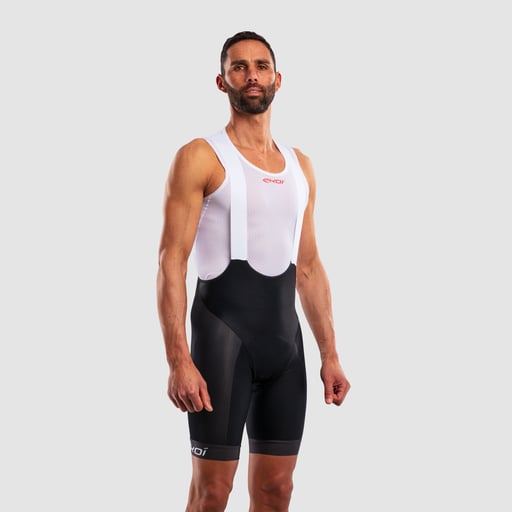 gel memory bib shorts black8H New116,66 € -30% 166,66 €SMLXLXXL
gel memory bib shorts black8H New116,66 € -30% 166,66 €SMLXLXXL -
PERF
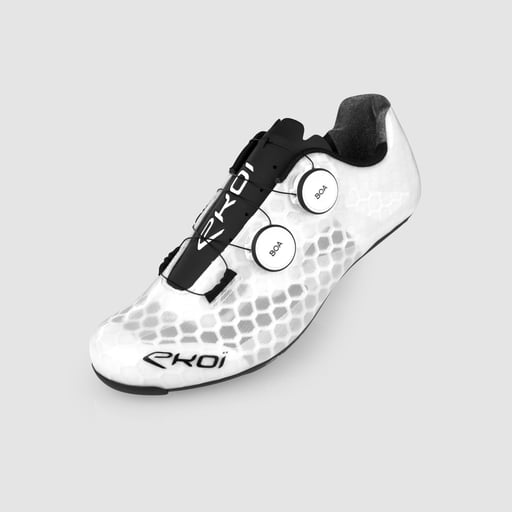 r4 light boa® white cycling shoesBoa® Carbon Tech116,66 € -50% 233,33 €394041424344454647
r4 light boa® white cycling shoesBoa® Carbon Tech116,66 € -50% 233,33 €394041424344454647 -
PERF
 Helmet aero16 ironman white redAero Ironman®104,16 € -50% 208,33 €SML
Helmet aero16 ironman white redAero Ironman®104,16 € -50% 208,33 €SML -
PERF
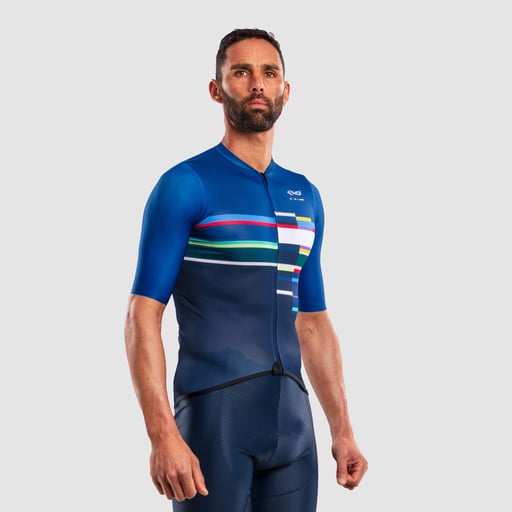 54,99 € -40% 91,66 €SMLXLXXLXXXL
54,99 € -40% 91,66 €SMLXLXXLXXXL -
PERF
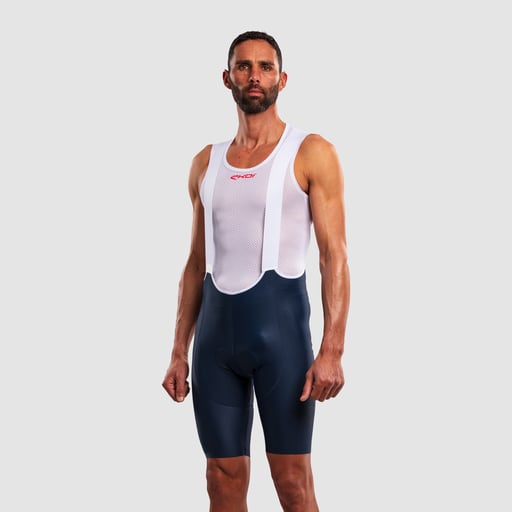 cross bib shorts navy6H New70,83 € -50% 141,66 €SMLXLXXL
cross bib shorts navy6H New70,83 € -50% 141,66 €SMLXLXXL -
RACING
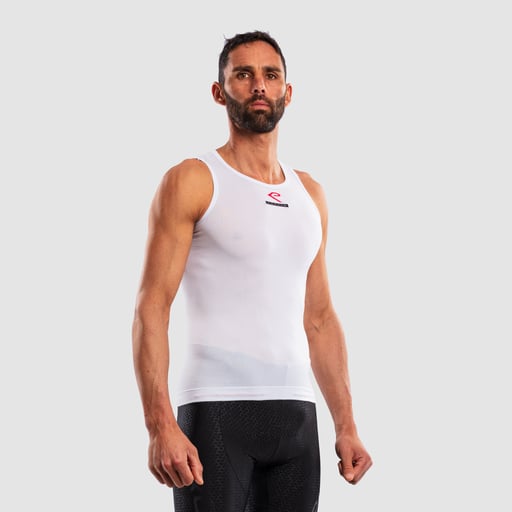 carbon racing sleeveless base layerNew Thermoregulator32,08 € -30% 45,83 €S/ML/XLXXL
carbon racing sleeveless base layerNew Thermoregulator32,08 € -30% 45,83 €S/ML/XLXXL -
PERF
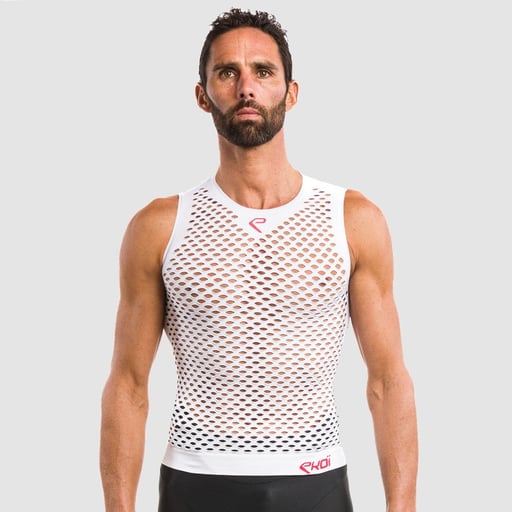 suntech evo sleeveless baselayerUltra breathable10,00 € -60% 24,99 €S/ML/XL
suntech evo sleeveless baselayerUltra breathable10,00 € -60% 24,99 €S/ML/XL -
START
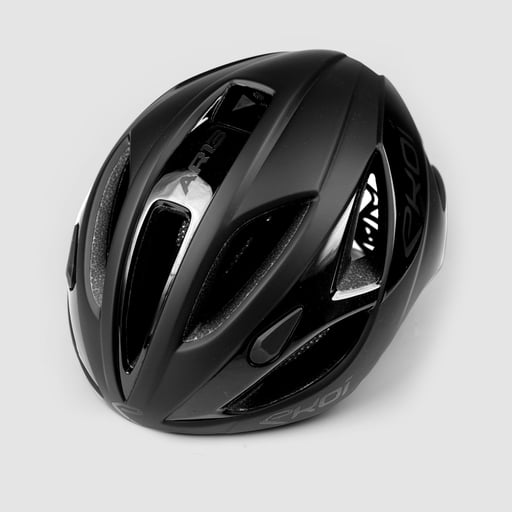 36,66 € -60% 91,66 €S/ML/XL
36,66 € -60% 91,66 €S/ML/XL -
RACING
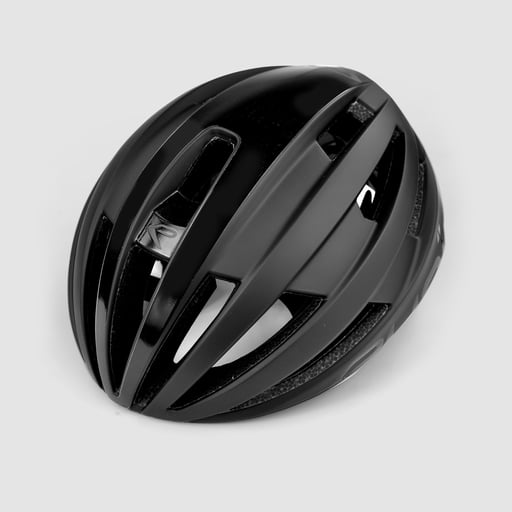 99,99 € -40% 166,66 €SML
99,99 € -40% 166,66 €SML -
START
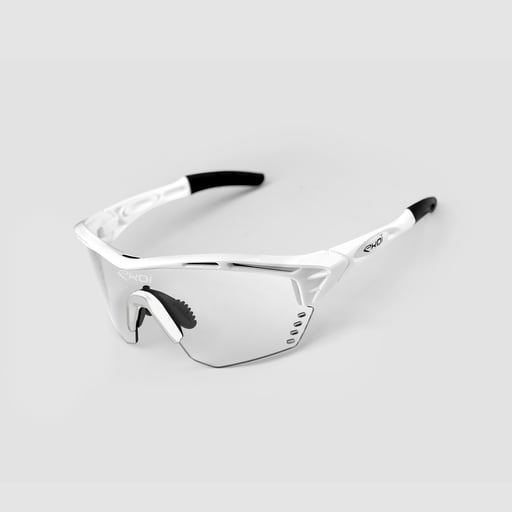 Glasses persoevo4 white ph cat 1-2Photochromic Photochromic cat.1-233,33 € -60% 83,33 €one size
Glasses persoevo4 white ph cat 1-2Photochromic Photochromic cat.1-233,33 € -60% 83,33 €one size -
PERF
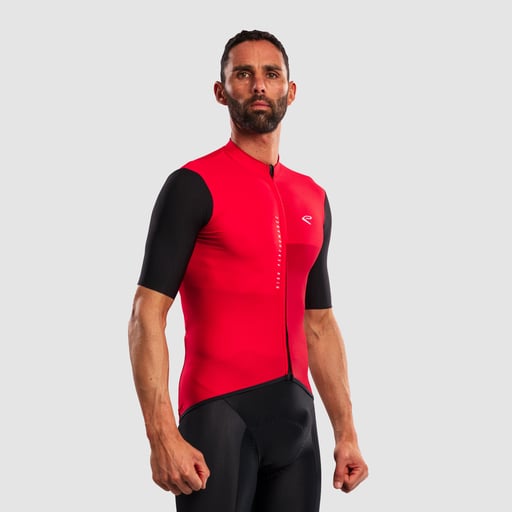 45,83 € -50% 91,66 €SMLXLXXLXXXL
45,83 € -50% 91,66 €SMLXLXXLXXXL -
PERF
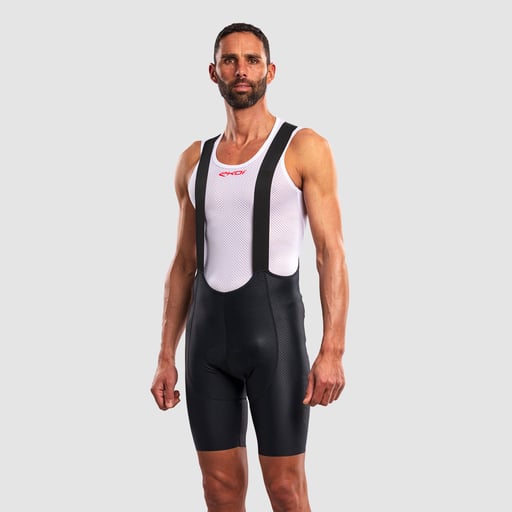 cross bib shorts black6H New70,83 € -50% 141,66 €SMLXLXXL
cross bib shorts black6H New70,83 € -50% 141,66 €SMLXLXXL -
RACING
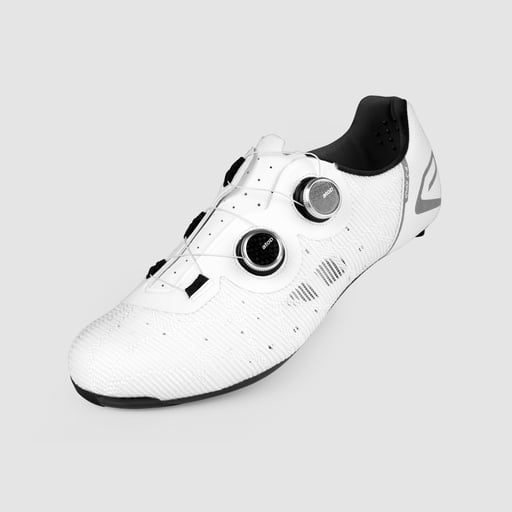 Cycling shoes ekoï c4 whiteFull Carbon174,99 € -30% 249,99 €42434445✓ + 1 Tool Can FREE
Cycling shoes ekoï c4 whiteFull Carbon174,99 € -30% 249,99 €42434445✓ + 1 Tool Can FREE -
RACING
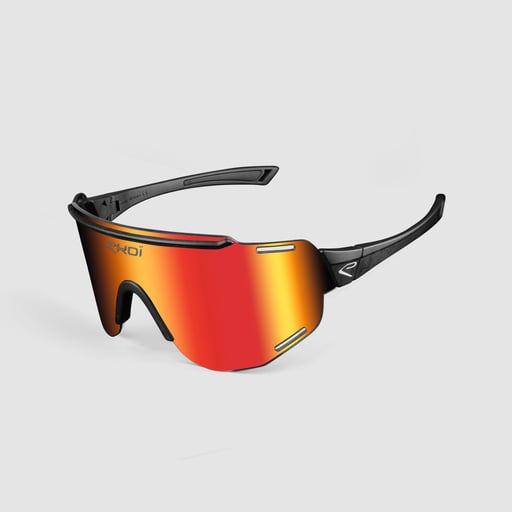 Glasses carbon 28 black revo red cat3Cat.3 Carbon108,33 € 108,33 €one size
Glasses carbon 28 black revo red cat3Cat.3 Carbon108,33 € 108,33 €one size -
PERF
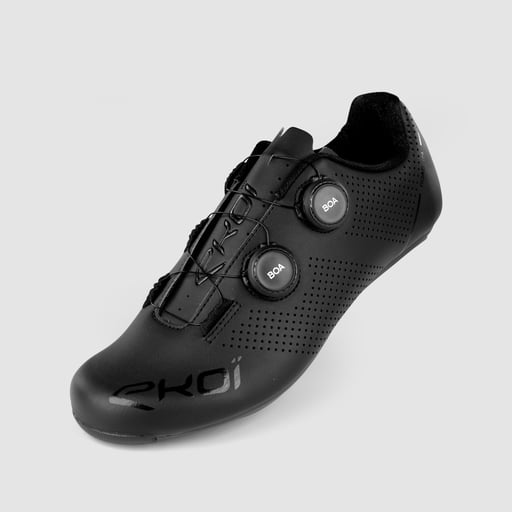 r4 boa® shoes blackCarbon Tech Boa®116,66 € -50% 233,33 €394041424344454647
r4 boa® shoes blackCarbon Tech Boa®116,66 € -50% 233,33 €394041424344454647





